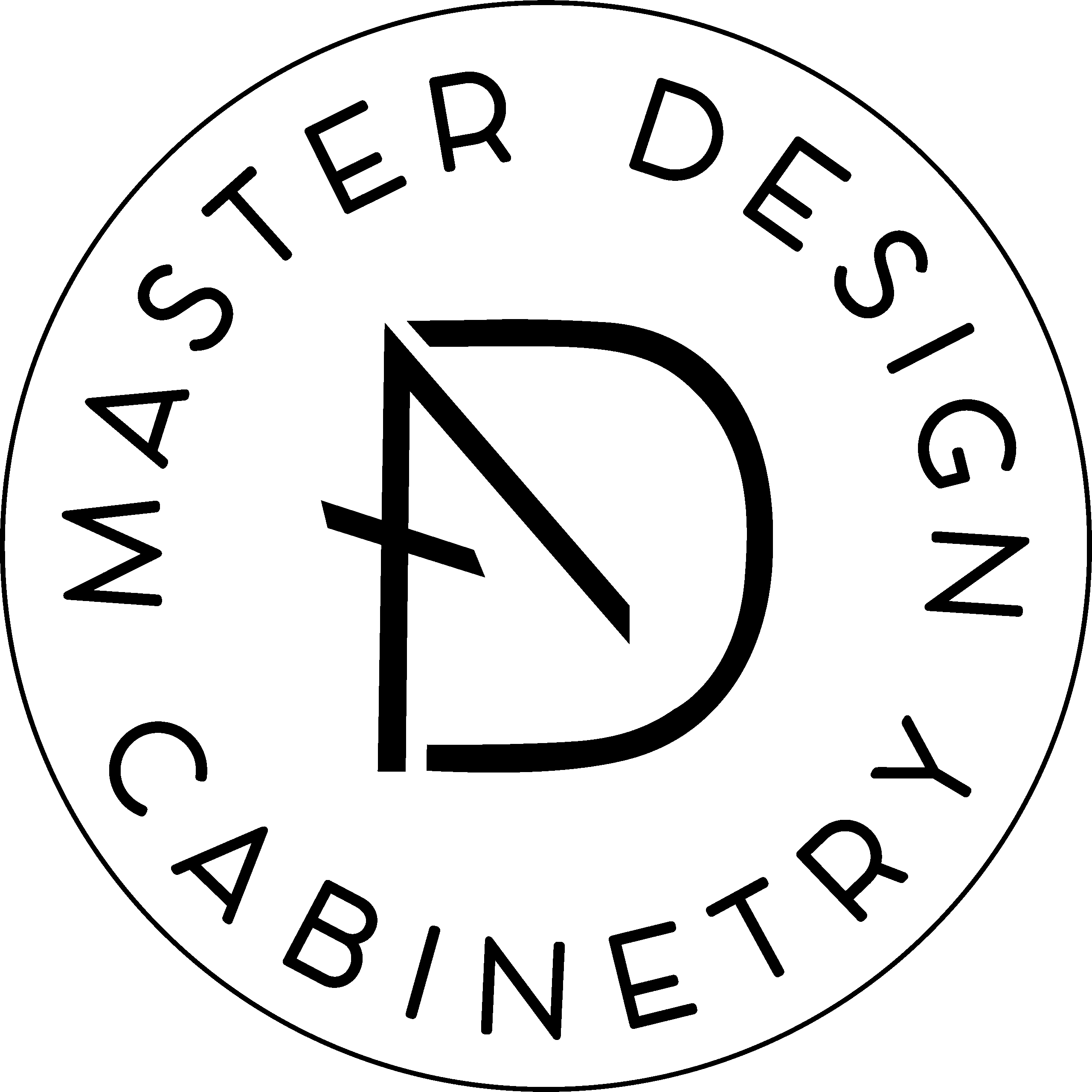Embarking on a kitchen remodel journey can be both exhilarating and challenging. It’s a venture that transforms the heart of your home, where culinary magic and family gatherings intertwine. Crafting a plan for designing a kitchen remodel involves more than just setting a timeline and budget; it’s about envisioning a space that aligns with your lifestyle and culinary aspirations.
This essential kitchen remodeling guide is your ally in navigating the complexities of a kitchen overhaul. Whether it’s selecting the perfect cabinetry, picking out elegant countertops, or choosing durable flooring, each decision plays a crucial role in bringing your dream kitchen to life.1. List Your Wants vs. Needs for your Kitchen Remodel
As you immerse yourself in this creative process, two critical questions should guide your planning: What elements in my kitchen am I eager to change? And what elements require replacement for functionality or safety? This distinction between ‘wants’ and ‘needs’ is crucial in shaping your kitchen remodel strategy, particularly when operating within a defined budget.
Prioritization becomes key in this endeavor. Address the essential replacements first — these are the non-negotiables that ensure your kitchen is not only stylish but also safe and efficient. Once these foundational aspects are secured, you can then allocate the remaining funds toward fulfilling those aspirational desires you’ve identified.
This approach of designing a kitchen remodel streamlines the process and ensures a balanced allocation of resources, marrying practicality with your personal vision. By the end of this kitchen remodeling guide, you’ll have a kitchen that meets your needs and brings to life the dreams you initially set out to achieve.2. Determine Your Kitchen Remodel Budget
Embarking on a kitchen remodel is a significant investment in your home, and setting a realistic budget is a crucial step in this process. The big question is, how much should you allocate for your kitchen renovation? Understanding the financial landscape of designing a kitchen remodel can guide you in making informed decisions.
Typically, kitchen remodels average $70,000 for fully custom cabinetry with high-quality materials and hardware. The final cost varies widely based on individual project needs and the scope of your renovation.
A helpful kitchen remodel guide is to allocate approximately 10% of your home’s value for a kitchen remodel. For instance, if your home is valued at $800,000, a budget of around $80,000 is a reasonable benchmark for designing a kitchen remodel. An $80,000 kitchen investment may increase your house’s value by $64,000, returning 80% of your investment.It’s also wise to consider reserving an additional 10-20% of your budget for unforeseen expenses. While not mandatory, this contingency fund can provide a cushion against unexpected costs, ensuring your renovation remains on track financially.
Should you find yourself with leftover funds, it’s a bonus that could be used to enhance your kitchen further or saved for future projects. This budgeting approach prepares you for the unexpected and offers the flexibility to fulfill some of those additional ‘wants’ on your list.
3. Hire a Contractor
Selecting the right kitchen remodeling contractor is an important decision when designing a kitchen remodel. The right team can transform this process into a smooth, enjoyable experience. It’s about finding a contractor who resonates with your vision and understands your specific needs.
Begin your quest by tapping into internet resources and seeking recommendations from family and friends. But don’t stop there – if feasible, visit showrooms to witness firsthand the craftsmanship and style of potential contractors, cabinet makers, and designers. Online galleries are also valuable for gauging their work quality and aesthetics.
Aim to get at least three quotes. This diversity in options provides you the flexibility to choose a contractor who not only aligns with your budget but also with whom you can establish a comfortable working relationship.
Narrow down to your top three choices and schedule in-home estimates with each. Pay close attention to these key factors during their visits:
- Projected Timelines: Remember, designing a kitchen remodel isn’t a race. Quality work requires time, so be wary of contractors promising unusually quick turnarounds. A well-done job trumps a rushed one.
- Pricing: Quality comes at a cost. While you shouldn’t feel compelled to choose the most expensive option, be cautious of extremely low bids. The price often reflects the quality of materials and craftsmanship.
- Customer Service: Since you’ll be working closely with these professionals, it’s vital they’re people you can communicate with effectively. Observe their responsiveness, respectfulness, and knowledge during your interactions.
4. Set a Timeline
Embarking on a kitchen remodel is an exciting journey, and after selecting your contractor, the next critical step is establishing a realistic timeline. The duration of designing a kitchen remodel is influenced by its complexity and size, with an average timeframe ranging from 10 to 15 weeks following the approval of your designs.
Collaborating closely with your contractor, you’ll craft a well-structured schedule that maps out each kitchen remodel phase. This partnership is key to creating a timeline that reflects both your project’s scope and the renovation’s realities.
It’s important to approach this timeline with flexibility. Supply chain challenges can affect the availability of materials and may require adjustments to your schedule. Being adaptable will help you navigate these potential delays smoothly.
A typical kitchen remodel follows this sequence:
- Planning and Design: The blueprint of your dream kitchen comes to life, encompassing all your desired features and layout.
- Demolition: This phase involves removing old elements to make way for the new design.
- Structural Changes: If your remodel includes altering the kitchen’s structure, such as moving walls, pipes, or electrical wiring, this is when it happens. A professional inspection often follows these modifications.
- Installation Phases: This involves the systematic installation of:
- Cabinets and countertops
- Floors, walls, windows, doors, and backsplash
- Light fixtures and other hardware
- Appliances
Understanding and following these steps can provide a clearer picture of your project’s timeline. Each stage is a building block towards the completion of your kitchen transformation.
Master Designs Cabinetry specializes in designing, building, and installing high-quality cabinetry. As experts in this field and your kitchen remodeling guide, we focus solely on cabinetry, ensuring each piece we create meets the highest standards of craftsmanship and design. Our services do not extend to other aspects of your kitchen remodel, such as demolition, appliances, non-wood countertops, sinks, plumbing, or wiring. We dedicate our expertise to delivering exceptional wooden cabinetry that enhances the beauty and functionality of your space.5. Pack Up Your Kitchen Belongings
When To Purchase Appliances For Your New Kitchen
If you’re considering upgrading your appliances, timing and coordination are key. This kitchen remodeling guide stresses that early planning and clear communication with your contractor are essential to integrate new appliances seamlessly.
Start Early: Initiate your appliance search as soon as your remodel plans are in place. Given the current supply chain challenges, some appliance brands may have extended back-order periods, potentially stretching up to a year. Early research allows you to explore various options and secure the best appliances for your new kitchen without unnecessary delays.
Coordinate with Your Contractor: Keeping your contractor informed about your appliance upgrade plans is crucial. The dimensions and specifications of your new appliances will significantly influence the design and layout of your kitchen. A common mistake is purchasing appliances without considering the space constraints of the remodel. To avoid this, regularly communicate with your contractor about the required measurements and any potential spatial limitations.
Appliance Sizing: Work closely with your contractor to ascertain the exact dimensions for each appliance. This proactive approach ensures that your new appliances will fit seamlessly into the kitchen design, avoiding any last-minute adjustments or compromises in functionality and aesthetics.
Unveiling Your New Kitchen: Once your appliances are selected and installed, the final step is to move your belongings back into your transformed kitchen. This marks the completion of your kitchen remodel, a process that, with careful planning and coordination, can be a rewarding and fulfilling experience.
We hope this kitchen remodel guide has provided valuable insights and made your kitchen remodel journey smoother and more manageable.
